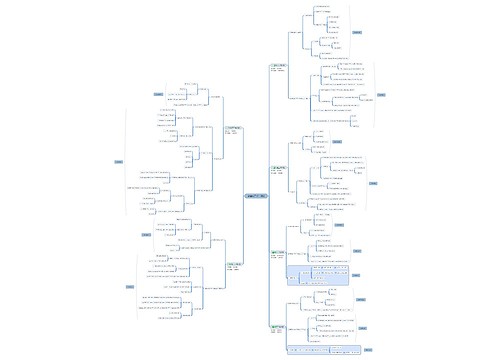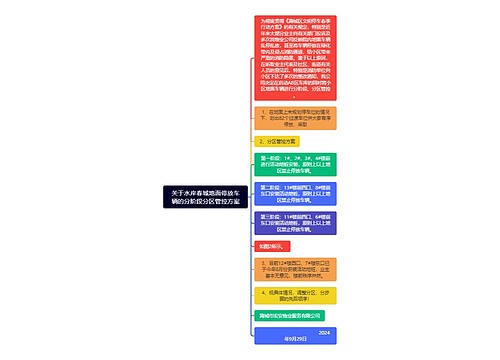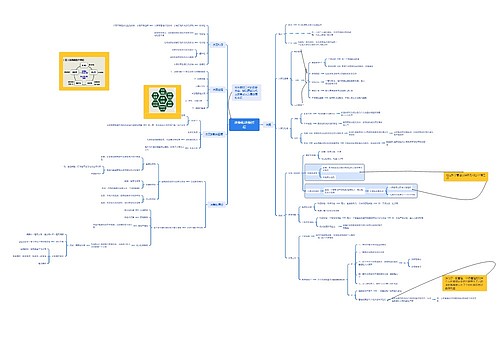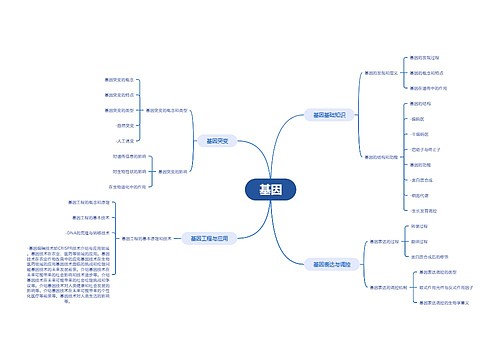Definition:
An individual's learning and adopting the norms and values of the new host culture.
Four possible modes of acculturation:
Assimilation:
Definition:
Members of an ethnic group are absorbed into the dominant culture, losing their culture in the process.
Integration:
Definition:
desiring a high level of interaction with the host culture while maintaining identity with their native culture.
Separation:
Definition:
individuals prefer low levels of interaction with the host culture and associated microcultural groups while desiring a close connection with, and reaffirmation of, their native culture.
Special case:
If such separation is initiated and enforced by the dominant society, this is called segregation.
Marginalization:
Definition:
the individual chooses not to identify with his or her native culture or with the host culture.
Three factors to explain the acculturation process:
the role of the communication
the role of the host environment
the role of predisposition
Culture shock:
Definition:
The traumatic experience that an individual may encounter when entering a different society.
Symptoms:
psychological(insomnia and frustration)
Intercultural adaptation:
Definition:
The process of increasing our level of fitness to meet the demands of a new cultural environment.
Reverse culture shock:
Definition:
When people return home after an extended stay in a foreign culture, they experience another round of culture shock in their native culture
Intercultural communication competence:
Definition:
The ability to accomplish effective and appropriate intercultural communication between communicators of different cultures.
Several dimensions to analyze:
the psychomotor dimension
the situational features dimension
Skills to be a successful intercultural communicator:
work to emphasize areas of similarity with others
try to accept differing opinions
make your verbal messages consistent with your nonverbal messages
avoid dominating conversations
avoid being submissive in conversations

 U582121265
U582121265
 U882214155
U882214155












